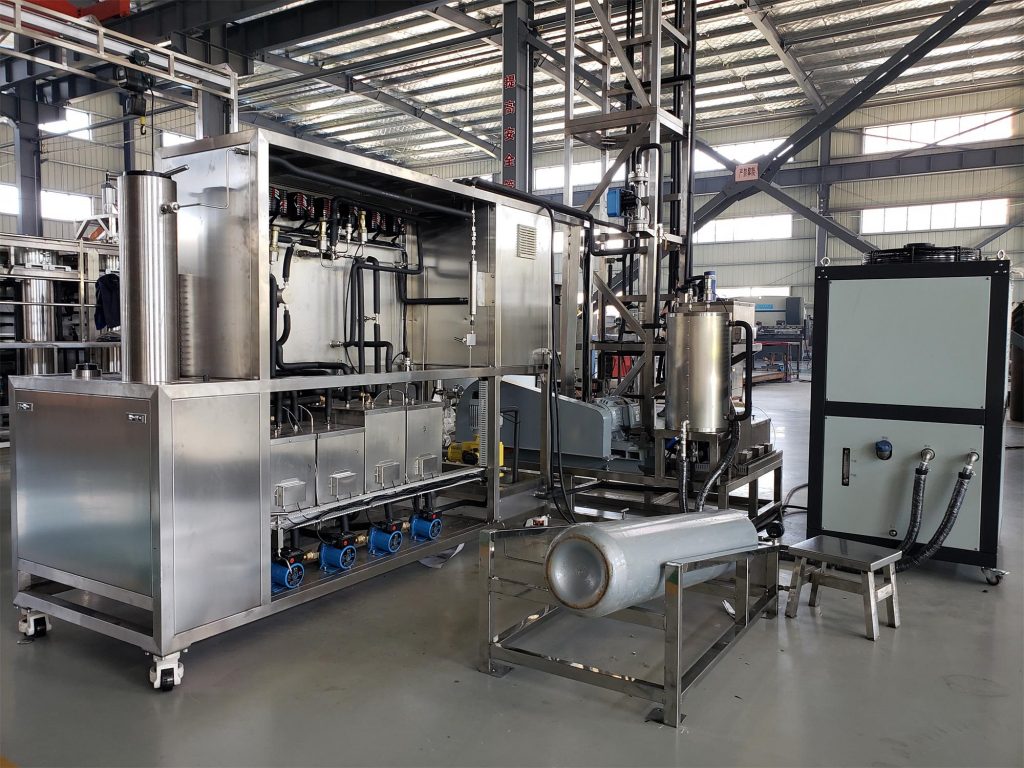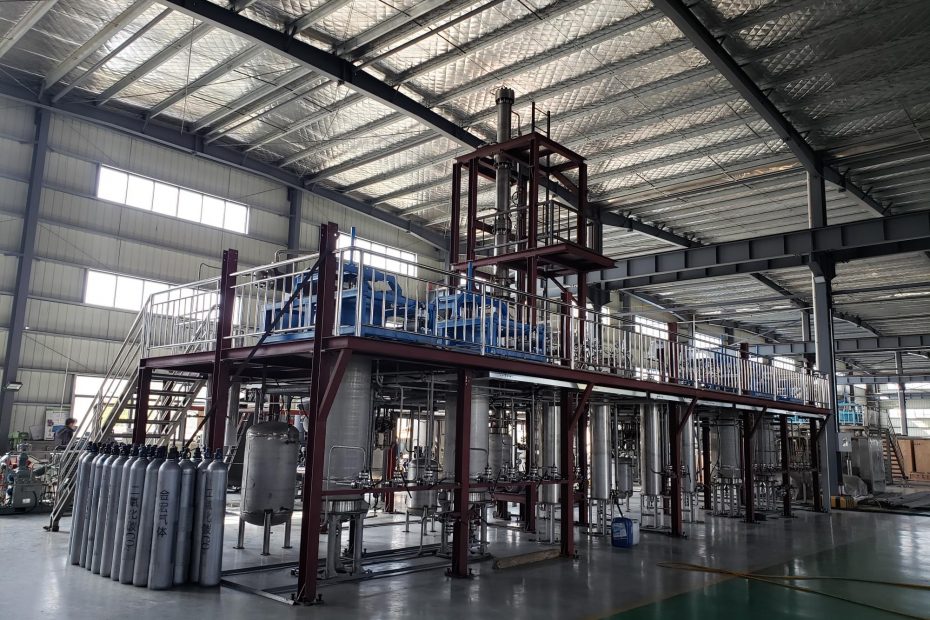Raw materials such as plant seeds are rich in oils and fats, and are traditionally produced by pressing or solvent extraction. The oil yield of the pressing method is low; when organic solvents such as ethane and petroleum ether are used for extraction, the oil yield is greatly improved, but there are problems with solvent recovery and solvent residues in the product. Moreover, both methods can only extract in general, and cannot selectively extract effective ingredients.
Supercritical CO2 fluid extraction is widely used and mature in the application of plant oils and fats. According to a large number of research results, the oil products obtained by supercritical CO2 fluid extraction generally have an oil yield of more than 95%, low impurity content, light color, and can save refining processes such as vacuum distillation and deodorization. Therefore, supercritical CO2 fluid extraction technology is widely used in the development of high-value-added health oils, such as rice bran oil, wheat germ oil, sunflower oil, corn germ oil, sea buckthorn oil, etc., and has achieved industrial application results.
Supercritical fluid extraction (SFE) is a technology that uses supercritical fluid as an extractant to separate one component (extract) from another component (matrix).
The basic principle of supercritical fluid extraction is to use supercritical fluid to dissolve the required chemical components under conditions above the critical temperature and critical pressure, and then reduce the pressure of the fluid solution or increase the temperature of the fluid solution, so that the solute dissolved in the supercritical fluid precipitates due to its reduced density and solubility, thereby achieving the extraction of specific solutes.
Salata can be eaten, and more importantly, it can be used as medicine. Seabuckthorn oil is extracted from the seeds and peels of salata, and contains very rich nutrients and hundreds of living substances that are very precious to the human body.
Traditional methods for extracting Sea buckthorn oil usually use organic solvents or pressing methods. This type of production method has a complex process, low oil yield, or solvent residue, or low purity (the content of seabuckthorn oil by oil method is only 80%~90%), which affects its application.

Method Of Extracting Sea Buckthorn Oil: supercritical CO2 extraction process
The process flow of extracting seabuckthorn oil using supercritical CO2 fluid is: seabuckthorn seeds (peel) → pretreatment → supercritical CO2 fluid extraction process→ three-stage separation → seabuckthorn oil.
Specific extraction process
Supercritical CO2 fluid enters from the bottom of the extractor, passes through the crushed seabuckthorn seed (peel) layer, takes out the effective ingredients and other dissolved substances, and enters three separators in turn. Using different temperatures and pressures, seabuckthorn oil and water are obtained in the three separators respectively. This process can make the CO2 fluid and seabuckthorn oil and water be separated well, and the oil yield reaches more than 90%. The use of supercritical CO2 fluid extraction technology to extract seabuckthorn oil overcomes the problems of existing extraction methods and can obtain seabuckthorn oil with clear color, good quality and high yield.
Note: The main factors affecting the supercritical CO2 fluid extraction process are extraction pressure, temperature, particle size, loading amount of materials in the extraction kettle and extraction time. Selecting appropriate process conditions can obtain a higher yield.
Conclusion
Supercritical fluid extraction Process is a new separation technology in modern chemical separation. The supercritical CO2 extraction process is superior to traditional solvent-based methods in terms of efficiency, safety and environmental friendliness. It can process a variety of non-polar, high-boiling point substances (such as essential oils, spices, and pharmaceutical ingredients) and has flexible requirements for temperature and pressure control. It is an ideal separation technology in modern industry.
